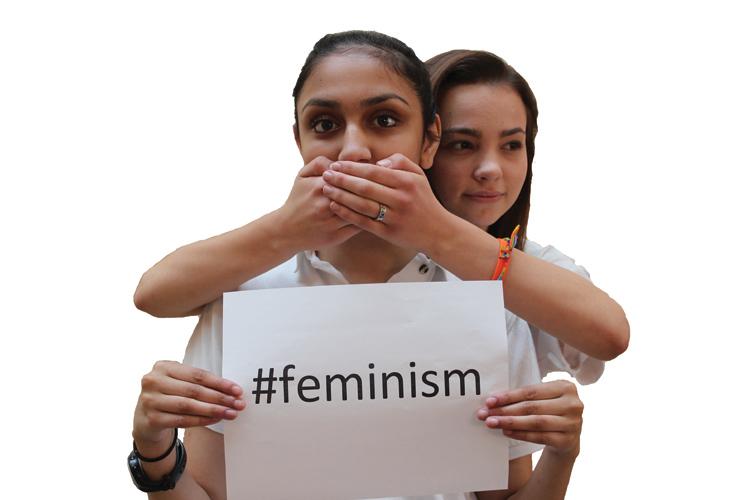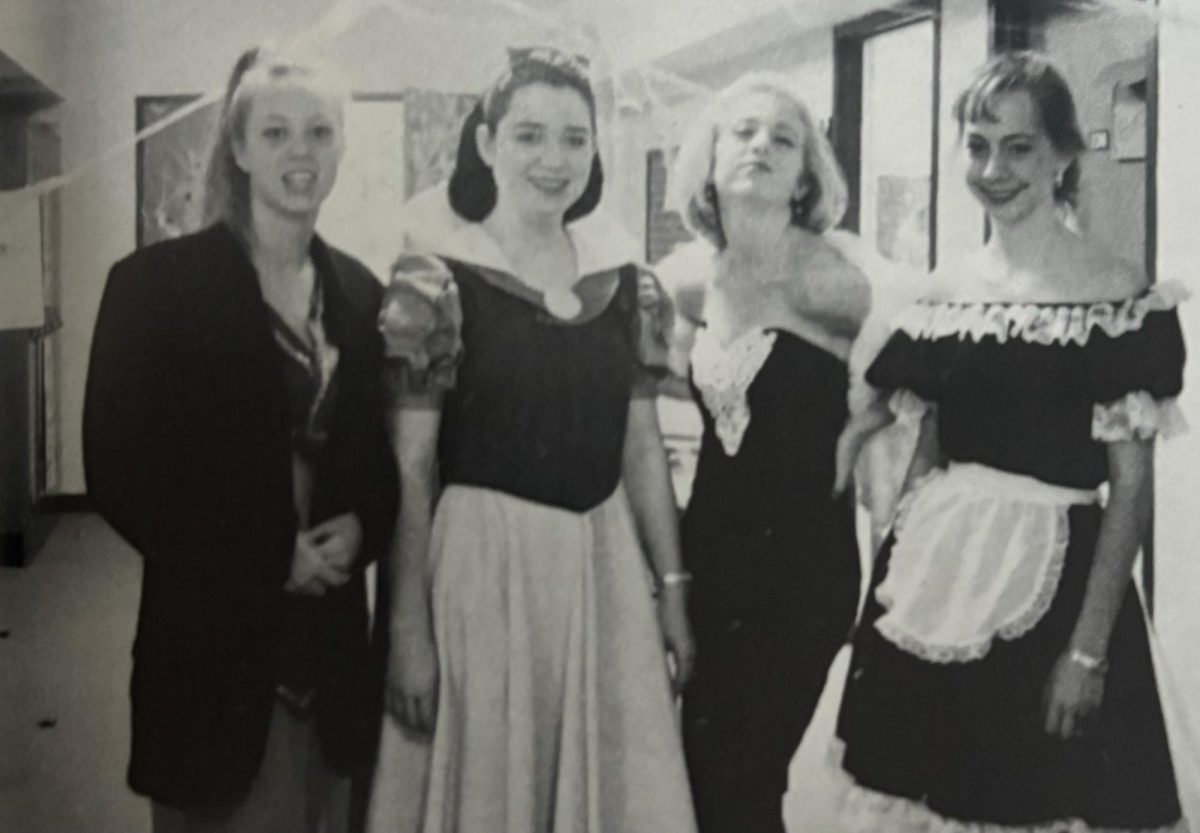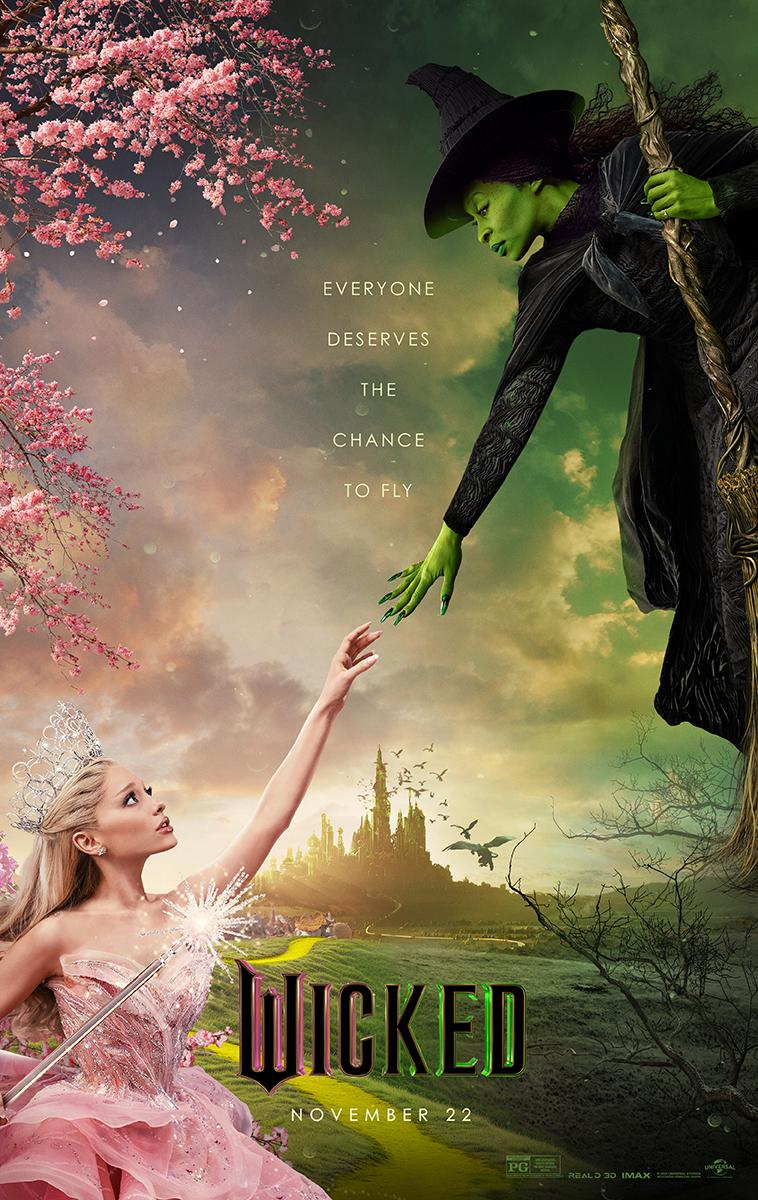At this point, we’ve all heard it: women make 78 cents to every man’s dollar.
We’re sorry, let us restate that. White, abled-bodied women make 78 cents to every man’s dollar. Over the course of a lifetime, white women lose millions of dollars in the workforce by receiving significantly smaller paychecks. Women of color, women with disabilities, queer women and transgender women lose even more.
Intersectional feminism not only acknowledges a person’s gender, but an entire identity and the confluence of systems of oppression and different levels of privilege a multifaceted person may experience.
Factors of identity like race, religion, gender identity, class, sexuality and ethnicity interrelate, creating multiple dimensions of privilege or lack thereof.
A woman of color experiences womanhood and sexism differently than a white woman, as forms of discrimination interconnect and she cannot experience either identity separate from the other.
The history of the feminist movement is wrought with a lack of intersectionality. We continue to prioritize privileged straight cisgender white women in the equal rights movement today.
The first wave feminists were divided over what their prime interest should be; it was eventually decided they would prioritize black women’s basic human rights over their own because of the more atrocious circumstances of slavery. This split up the movement, as intersectionality continued to do throughout the decades and various waves of the feminist movement. The side of the first wave movement that garnered more support promoted and helped white women, and even stressed white superiority and separation between women of different races.
The second wave of feminism focused on sex positivity, reproductive rights and casting off the patriarchy. This wave continued to be fairly exclusive toward women of more complex identities, causing some women to form their own affinity movements, such as womanism, a black feminist movement, and same gender loving, a queer black movement. These movements address their varying needs as people of multiple persecuted identities.
Feminism took a theoretical turn at the beginning of the first wave, featuring discussions and debates about the meaning of womanhood, sex and gender. Third wave feminism became more global and more inclusive, de-objectifying and empowering, focusing on ideas of “universal womanhood.”
The movement is still split into subcategories with different goals and beliefs, such as radical feminists, trans exclusionary feminists, sex positive feminists, queer feminists and white feminists (feminists who prioritize the needs of white women over other women).
The mainstream feminist movement today often centers itself on middle class, cisgender, straight white women and overlook the various levels of privilege and disadvantage within the feminist movement.
Intersectionality is crucial to modern feminism. It recognizes women as more than a homogenous group, and acknowledges the unique experiences and voices of unique, diverse women.
Without intersectionality, we only hear the voices of the privileged, inherently excluding voices of people we need to be listening to even more.
Too often fists are raised and people are rallied to support white, cisgender, straight, middle-class women, but eyes are lowered and heads are turned when faced with the complex, demanding issues of racism and queerphobia. We must examine our own places of privilege in terms of feminism, for it should be a place for the privileged to lift up and listen to the consistently silenced.
In order to truly reach the social, political, and economic equality of the sexes, we must consider and include every women, and every women’s multifaceted identity.
-Audrey Black and Emma Deshpande





